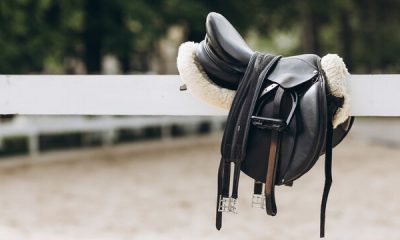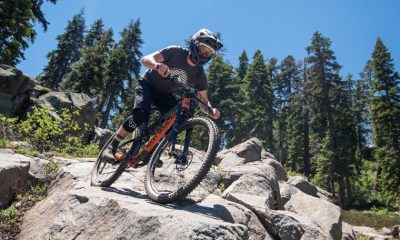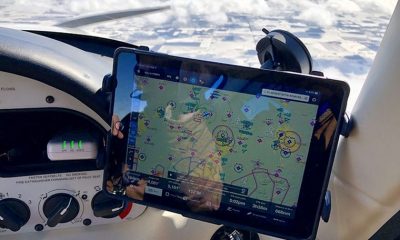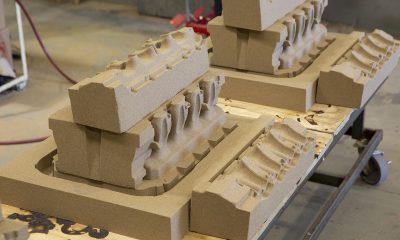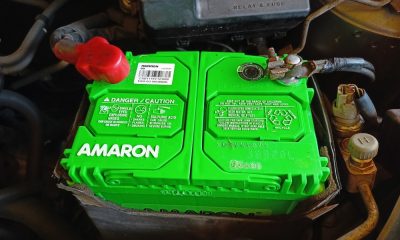Sports & Travel
Bike Cassettes Buying Guide
Changing gears is a crucial factor especially if you are riding on a road bike. Crisp and fast shifting is something you should expect for high-performance. Let us help you choose the best for your needs!
I recently switched from an old flat-bar hybrid to a drop-bar road bike. The differences are immense. Not only how you are positioned on each bike, or the weight, but also how the two bikes change gears. Needless to say, the road bike is much faster, but also with more sprockets at the back, gear changes are like a hot knife going through butter. Crisp and fast. Unlike the hybrid, which though has bigger gears with more teeth, was like putting rocks through a grinder. Though age and wear play a part here, this is largely due to the different gearing in the cassettes of each bike.
What are Bike Cassettes?
Bike cassettes are a group of differently sized sprockets fitted to the rear wheel hub. They slot onto a freehub body and are held firmly in place by a lockring. The number of sprockets is essentially the number of gears. Each sprocket has a different number of teeth that ‘bite’ into the chain. The more teeth the bigger the sprocket. You’ll see bikes with huge cassettes, like a 12 speed cassette fitted on newer and upscale mountain bikes. And smaller cassettes, again with 12 gears, but fewer teeth fitted to high-end road bikes.
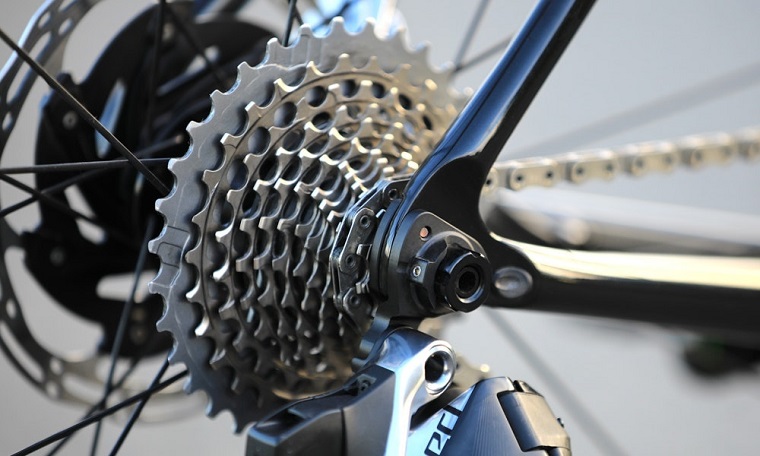
What do Cassettes Do?
Cassettes determine the gearing ratio. Put in the simplest terms, the bigger the sprocket the ‘easier’ the gear. And the smaller the sprocket the more work you need to put in through the pedals to make your bike go forward. Bigger gears require faster pedalling, and smaller gears are harder but require less pedalling to achieve the same distance. This makes bigger gears with more teeth ideal for climbing up steep hills, and smaller gears for building up speed on flatter roads, or when going downhill.
How the gears are spread is also important. Adjacent gears with fewer differences in the number of teeth will give you smoother and faster shifting. The shifting mechanism (called the derailleur) needs to work less to shift the chain from one sprocket to the other. This is important in maintaining your pace, or more precisely your cadence – the number of revolutions you put through the pedals. Having to pedal a lot more or a lot less all at once is a definite put off.
Types of Bike Cassettes
When buying a cassette for your bike there are two types available. Mountain bikes have generally larger cassettes, and road bikes have smaller cassettes.
Mountain Bike Cassettes
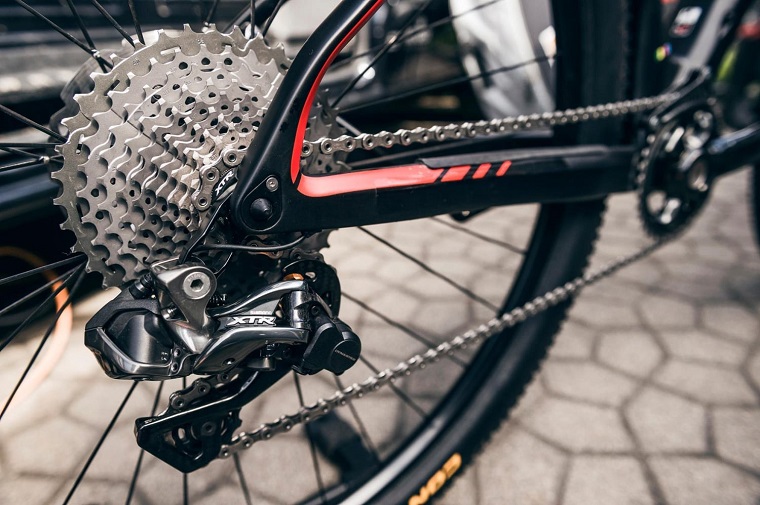
Mountain bikes have a larger range of sprockets because of the varying gradients in off-road trails. The smallest sprocket may have only 10 teeth, but the biggest can accommodate 52 teeth making even the steepest inclines possible. Such a cassette will be marked as 10-52, and include the number of sprockets or gears. A 12 speed 10-52 cassette will provide for much smoother shifting than say an 8 speed 11-46 cassette for the reasons mentioned above.
With more gears, there’s also the trend in reducing the number of chainrings in the front crankset. Top-spec mountain bikes with an 11 or 12 speed cassette now include only a single front chainring because you have all the gear range you need. This is good in that it reduces the overall weight of the bike and there are fewer parts. Mid-range and entry-level mountain bikes still have a double crankset up front, and 8-speed cassettes in a 12 to 36 teeth spread. This is one of the reasons they’re a lot heavier.
Road Bike Cassettes
Road bikes have much smaller sprockets than mountain bikes. The fastest gear will have 10 or 11 teeth, and the biggest gear 28,32 or 34 teeth. Remember, more teeth means easier climbing. Entry-level road bikes have 8 speeds, while the latest and greatest road cassettes are 12 speed. With more gears, shifting is smoother and you won’t need to drastically change your pedalling speed.
Like mountain bikes, pairing the cassette with the right crankset at the front is also important. Road bikes have retained a two chainring crankset. The fastest speeds are reached with the chain in the bigger chainring and the gear with the least number of teeth at the back. If you’re hitting extremely steep hills, then shift the chain into the smaller chainring, and the largest gear.
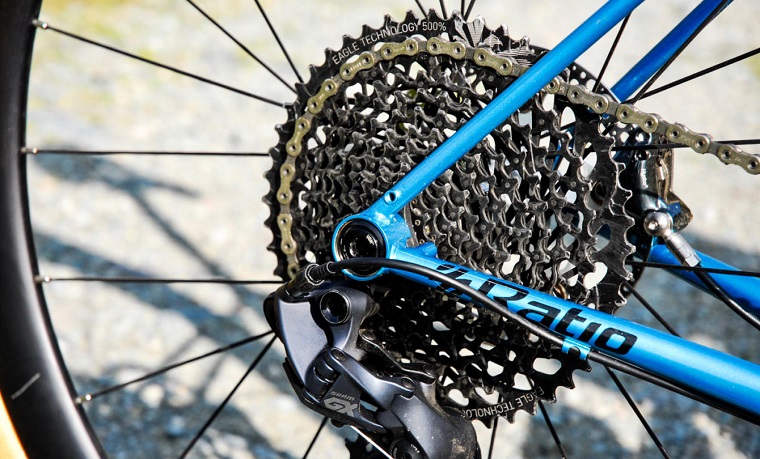
Choosing a Cassette for Your Bike
The type of cassette depends on the type of bike. If you’re new to riding then an entry-level mountain or road bike will have fewer gears in the cassette, and these bikes are what most beginners buy. Simply because they’re way cheaper. You’ll have to decide which bike is right for you. If you ride a bit of both, paved roads and light off-road trails, then go for a hybrid or gravel bike. Newer versions of these have gearing and cassettes similar to more expensive mountain bikes.
If you’ve been riding for years, then you’ll know what you want by now. New tech in how cassettes are designed, the materials they’re made from and the number of gears, means the newest models can get pricey. And this is only one of the parts that you might replace. You’ll also have to consider some quality safety gear, especially a good helmet, just in case.
Writing for the blog since 2012, Chris simply loves the idea of providing people with useful info on business, technology, vehicles, industry, sports and travel – all subjects of his interest. Even though he sounds like quite the butch, he’d watch a chick flick occasionally if it makes the wife happy, and he’s a fan of skincare routines though you’d never have him admit that unless you compliment his impeccable skin complexion.



